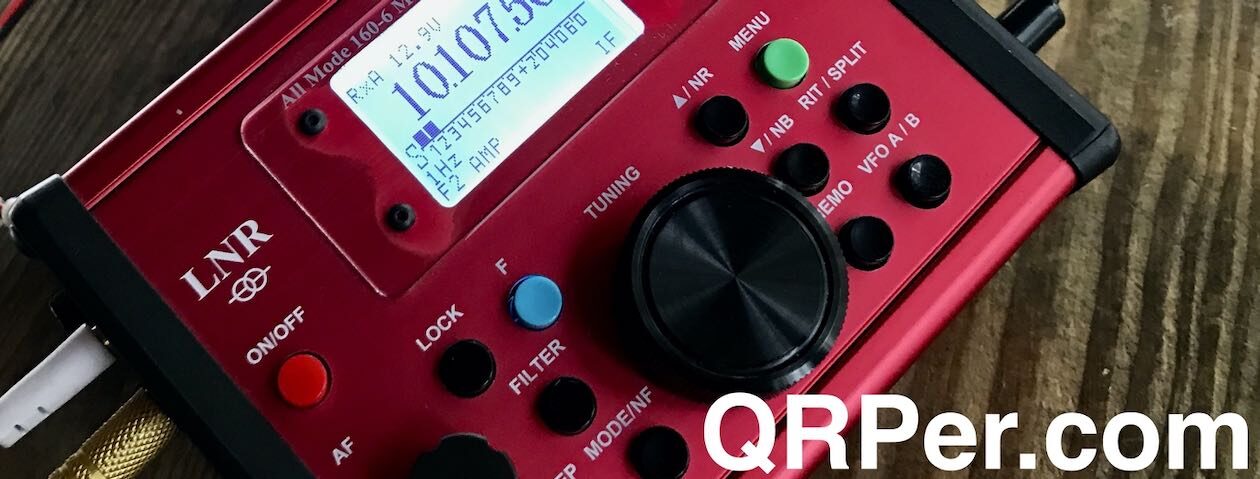Driving home on Thursday, December 8, 2022, I popped by Food Matters in Morganton, NC and grabbed one of their amazing curried chicken salad wraps.
I sat in the car and listened to a podcast as I ate a late-ish lunch. I looked at my watch and sorted out what time I needed to be back at my home in the mountains. After a little mental math, I realized I had about 90 minutes to fit in a little radio fun.
Where to go on a rainy day?
Tuttle Educational State Forest (K-4861)
 Since it was a Thursday and I knew Tuttle would be open, it was really a no-brainer. Tuttle is only an 8 minute drive from the parking lot at Food Matters, so I made my way to Playmore Beach Road!
Since it was a Thursday and I knew Tuttle would be open, it was really a no-brainer. Tuttle is only an 8 minute drive from the parking lot at Food Matters, so I made my way to Playmore Beach Road!
En route, I made a mental inventory of what radios and antennas I had packed in the car. I knew I had my KX2 and although its internal battery had already powered me through three or four activations already, I knew there’d be enough charge for one or two more.
Also, since it was raining, I thought it would be the perfect day to set up under Tuttle’s excellent picnic shelter.
As for an antenna, I remembered putting the AX1 in my antenna box, so why not pair the two and operate in the dry?
Coffee Time
Funny, but after I started recording the activation video (below), I convinced myself that I needed to make some coffee. I pulled out my field coffee kit and set it up for a quick brew.
The park had completely shut off all water fountains and closed the rest room area, so there was no place to get fresh water. Fortunately, I had *just* enough water left in my water bottle after lunch. Almost the perfect amount for a cup of coffee but no more.
 This wasn’t a planned cuppa’ so I used one of my last Starbucks Via coffee packs. Had I planned this in advance, I would have ground some beans at home and made a pour-over coffee.
This wasn’t a planned cuppa’ so I used one of my last Starbucks Via coffee packs. Had I planned this in advance, I would have ground some beans at home and made a pour-over coffee.
That’s okay, though. The Starbucks packs are better than no coffee at all.
Field Coffee Kit
If you’re curious about the contents of my field coffee kit, here’s the list:
- Snow Peak Titanium 450 Single Wall Mug which nests in a…
- GSI Outdoors Glacier Stainless Cup/Pot
- Solo Stove Alcohol Burner
- HEET Gas-Line Antifreeze And Water Remover (this is the actual alcohol fuel for the stove)
- TOAKS Titanium Windscreen (a necessity if there’s even a breeze)
- Tom Bihn Ghost Whale Organizer Pouch Super Mini which contains:
- Evernew Titanium Alcohol Stove Cross Stand
- Cigarette lighter
- Freshly ground coffee
- Starbucks Via Instant Coffee (for when I don’t have freshly ground coffee)
- A variety of tea bags
- GSI Outdoors Ultralight Java Drip Pour Over Filter


































